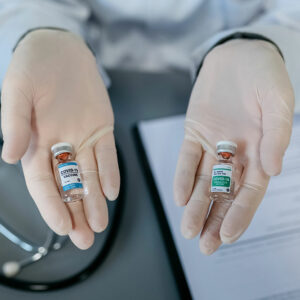
01
7 overlapping symptoms of Parkinson’s and TD
Parkinson’s disease (PD) and tardive dyskinesia (TD) are neurological conditions affecting motor functions. While they have distinct etiologies and symptoms, at times, there are surprising similarities in their effects. It is important to understand the commonalities between these two conditions, as the evaluation of their early signs may lead to misdiagnosis. Recognizing the symptoms can help one get an accurate diagnosis and appropriate treatment. So, here are a few overlapping signs of both disorders: Involuntary movements Involuntary movements are a shared sign of both Parkinson’s disease and tardive dyskinesia, albeit with distinct characteristics. With Parkinson’s, involuntary movements typically manifest as resting tremors, which are rhythmic, quivering motions developing when one is at rest. These tremors often involve the hands, fingers, and occasionally the jaw or lips. Additionally, with PD, one may experience bradykinesia, which is slowness of movement and rigidity, where the muscles become stiff and inflexible. These symptoms collectively result in a reduced ability to initiate and control movements. In contrast, TD causes involuntary, repetitive movements usually involving the facial muscles. These movements include lip smacking, tongue protrusion, and grimacing. However, TD might also affect the limbs and trunk, causing abnormal writhing motions. Unlike PD tremors, TD movements are often more conspicuous and disruptive, impacting facial expressions and speech. Abnormal gait Abnormal gait is a shared symptom of Parkinson’s and TD. With Parkinson’s disease, gait abnormalities typically manifest as a shuffling, hesitant walking technique with reduced arm swing, often described as a “festinating gait.” One may also exhibit difficulty initiating steps, resulting in a characteristic freezing of gait. Balance issues and postural instability further contribute to the unsteady gait associated with PD. On the other hand, TD may lead to an abnormal gait through a different mechanism. TD-induced gait disturbances are primarily brought on by involuntary, jerky movements of the limbs and trunk.
Read More 










